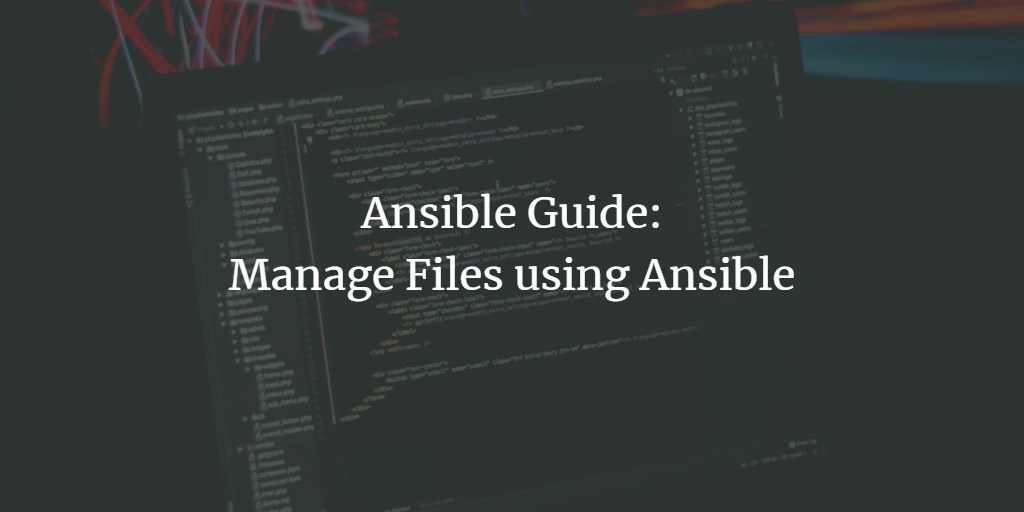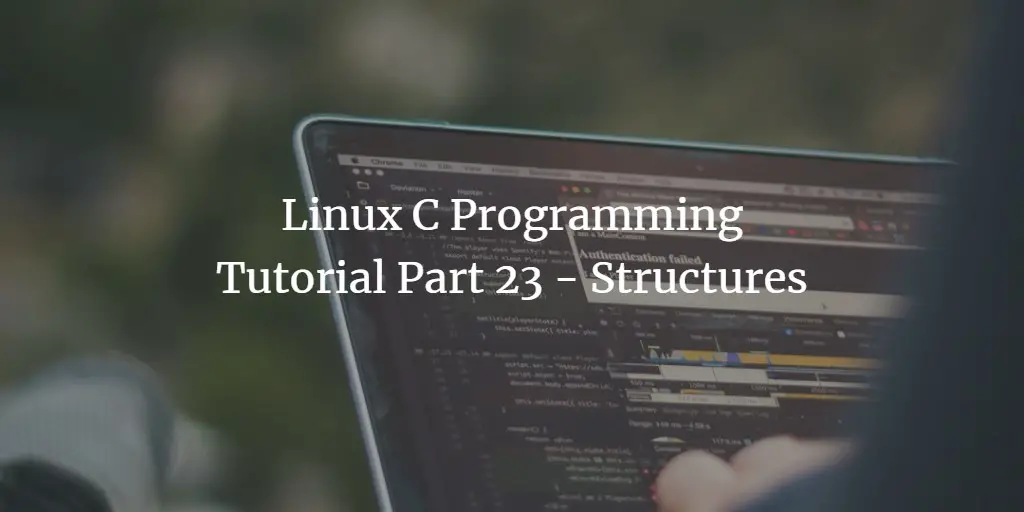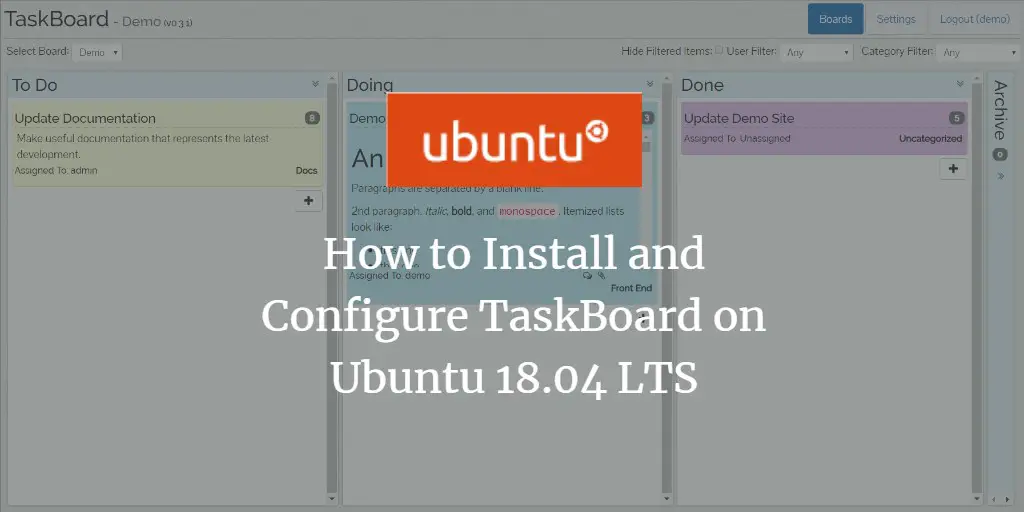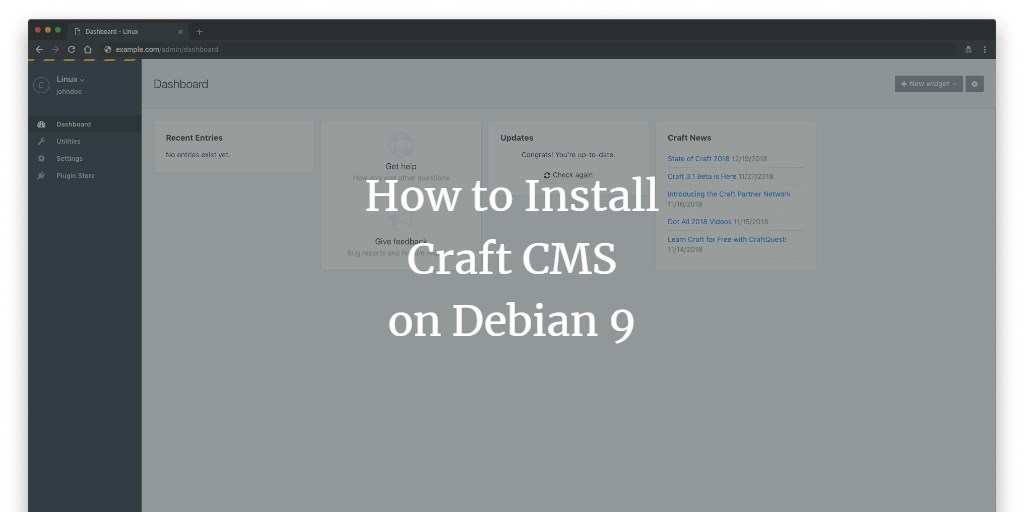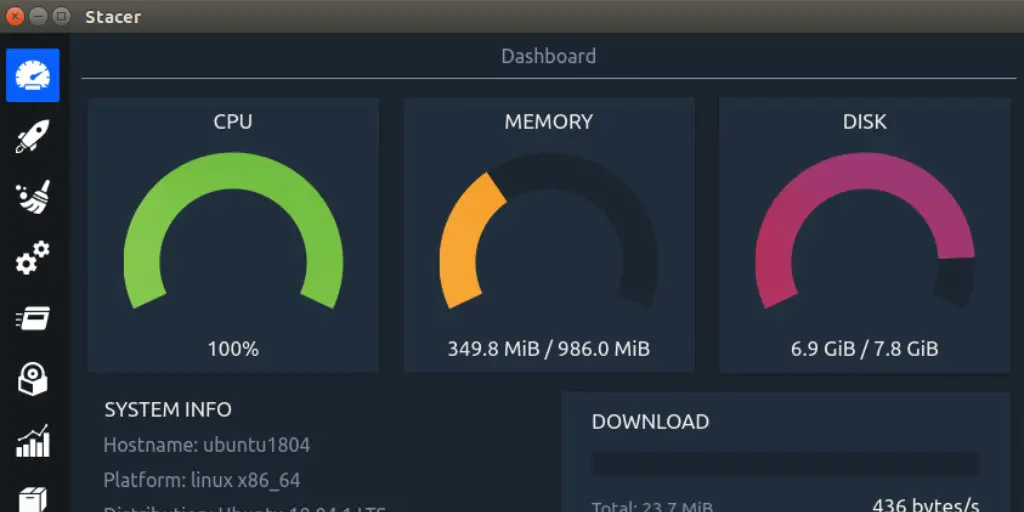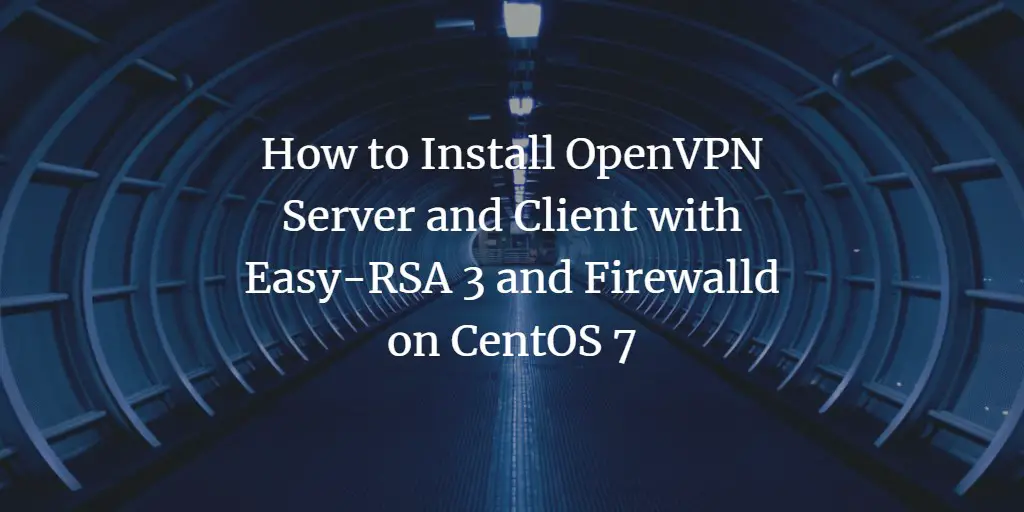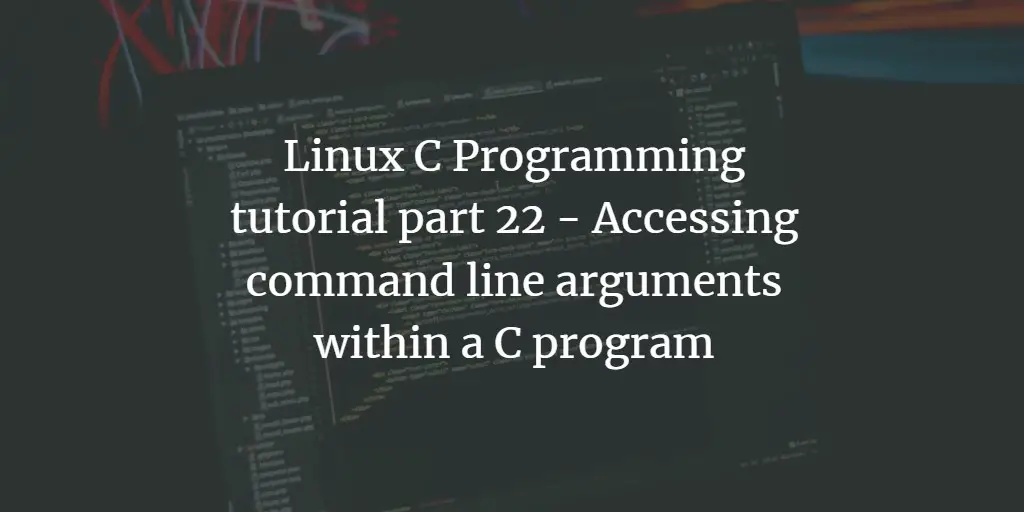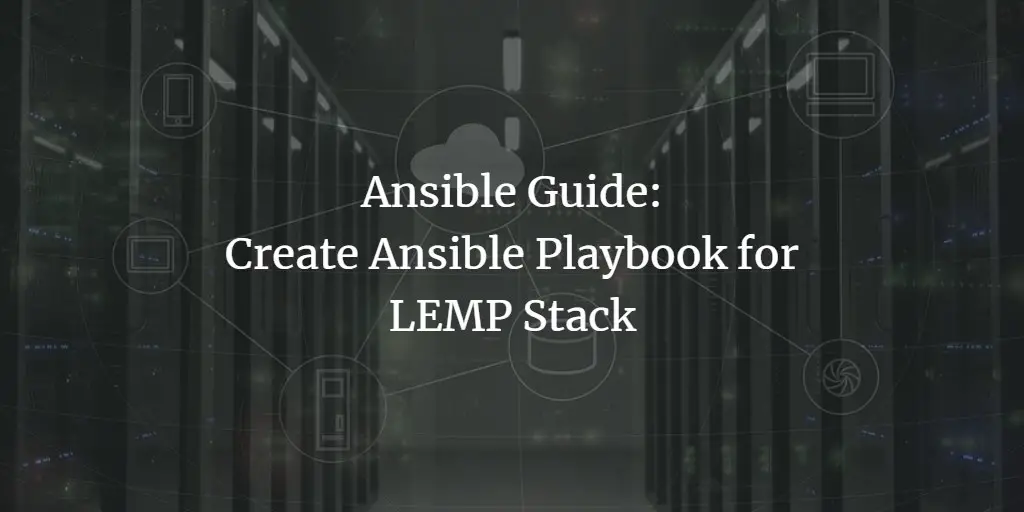HowtoForge provides user-friendly Linux tutorials.
-
Ansible Guide: Manage Files using Ansible
Author: Muhammad Arul • Tags: linux • Comments: 0In this guide, I'll show you how to manage files using ansible modules. You will learn how to copy, edit, insert, download and replace files using Ansible.
-
How to Install Phorum with Nginx on Ubuntu 18.04 LTS
 Author: Blago Eres •
Tags: linux, mysql, nginx, php, ubuntu •
Comments: 0
Author: Blago Eres •
Tags: linux, mysql, nginx, php, ubuntu •
Comments: 0 Phorum is a PHP and MySQL based Open Source forum software. In this guide, we will guide you step-by-step through the Phorum installation process on the Ubuntu 18.04 LTS operating system using Nginx as the web server, MySQL as the database, and acme.sh and Let's Encrypt for HTTPS.
-
How to Install October CMS with Nginx on Fedora 29
Author: Blago Eres • Tags: fedora, linux, nginx, web server • Comments: 1October CMS is a free, open-source, self-hosted CMS platform based on the Laravel PHP Framework. In this tutorial, we will go through the October CMS installation on Fedora 29 system by using Nginx as a web server, MariaDB as a database server, and optionally you can secure transport layer by using acme.sh client and Let's Encrypt certificate authority to add SSL support.
-
-
Linux C Programming Tutorial Part 23 - Structures
Author: Himanshu Arora • Tags: c-programming, programming • Comments: 2So far in this ongoing C programming tutorial series, we have discussed several aspects, ranging from variables to functions to even pointers. However, that's still like scratching the surface, as there are many other important concepts in the C programming language. Today, in this tutorial, we will discuss one such concept - the concept of structures.
-
How to Install and Configure TaskBoard on Ubuntu 18.04 LTS
Author: Hitesh Jethva • Tags: linux, ubuntu, web server • Comments: 3TaskBoard is an open source Kanban-inspired app that can be used to keep track of things that need to get done. In this tutorial, we will learn how to install TaskBoard on Ubuntu 18.04 server.
-
How to Install Craft CMS on Debian 9
Author: Blago Eres • Tags: debian, linux, nginx, web server • Comments: 0This tutorial will walk you through the Craft CMS installation procedure on a fresh Debian 9 server using Nginx as the web server and we will secure the website with a Let's encrypt SSL certificate.
-
How to install Stacer System Monitor on Ubuntu 18.04 LTS
Author: Hitesh Jethva • Tags: desktop, linux, monitoring, ubuntu • Comments: 6Stacer is an open source tool to monitor the performance of an Ubuntu Desktop. It provides a user-friendly dashboard that can be used to monitor CPU, Memory & Disk Usage, and System cleaner to clean system caches.
-
How to Install OpenVPN Server and Client with Easy-RSA 3 on CentOS 7
Author: Muhammad Arul • Tags: centos, linux, networking, security • Comments: 14OpenVPN is an open source application that allows you to create a secure private network over the public internet. In this tutorial, we will show you how to step-by-step install and configure OpenVPN on CentOS 7.6. And we will implement the certificate-based OpenVPN authentication.
-
Linux C Programming tutorial part 22 - Accessing command line arguments within C program
Author: Himanshu Arora • Tags: c-programming, programming • Comments: 1In the previous tutorial, we discussed multiple concepts related to pointers in C programming language. One of the concepts we discussed was an array of pointers.
-
Ansible Guide: Create Ansible Playbook for LEMP Stack
Author: Muhammad Arul • Tags: linux, ubuntu, virtualization, web server • Comments: 2Ansible is a simple automation tool that automates software application deployment, cloud provisioning, and configuration management. In this tutorial, we're going to show you how to create basic Ansible Playbook for provisioning the LEMP Stack on Ubuntu 18.04 Server.

